7 cars with recycled names
Cars should have names. They deserve them. Sure, 911, 308, and 507 are numbers that conjure up exciting cars—a Porsche, a Ferrari, and a BMW—but a name evokes the character of the car and inspires an emblem worthy of its sheetmetal. You might think of the snake’s heads used on the Mustang Cobra and Dodge Viper, or of the Lamborghini Espada’s name in script, which incorporates a sword. Like the names, these emblems aren’t strictly necessary, but they are one more way for a designer to add a flourish.
It’s not always easy to name a vehicle. Once you think you have something perfect, you’ve got to make sure that a car isn’t already using that name. Or maybe you don’t check.
We’ve found plenty of names that have been dropped by one automaker and picked up by another. Here are seven of them. If we forgot your favorite, let us know.
Chevrolet Suburban and Plymouth Suburban
Chevrolet and Plymouth have each put the Suburban nameplate on a station wagon. Plymouth used it on car-based long-roofs starting in 1949 and, after a hiatus, on Fury wagons from 1968 to ’78. The truck-based Chevrolet Suburban has been in production since 1935, making it the oldest automotive model still in production.
The name was also applied to GMC’s version of the Chevrolet Cameo pickup.
Studebaker Commander and Jeep Commander
Jeep’s Grand Cherokee–based three-row off-roader used the same name as Studebaker’s long-running model line. (For even more SUV name-sharing, a submodel of the Studebaker Commander was called Land Cruiser.)
Jeep’s Commander had all of the Grand Cherokee’s proven four-wheel-drive hardware, but its proportions were a bit ungainly and its third row was cramped. It only lasted for five years, when its role was filled by the Dodge Durango.
Studebaker Daytona and Dodge Daytona
Even when Studebaker was gone, its model names lived on. Lots of them, it seems.
The Daytona, which was born as a sporty, bucket-seat option for the compact Lark, shares its name with Dodge’s one-year-only winged car that took on NASCAR superspeedways in 1969 with its wind tunnel-tuned long nose and tall wing.
In 1964, Studebaker’s entry-level Larks were dubbed Challenger. Studebaker ended production in 1966, just four years before Dodge introduced its E-body model under the same name.
In 1984, Dodge revisited the Daytona name for its FWD sports coupe.
Dodge Lancer and Mitsubishi Lancer
Dodge used the Lancer name on some of its late-’50s Coronets that employed two-tone paint options, tasteful chrome, eccentric fins, and bold taillights. They are fun and flashy, everything that people love about ’50s American cars.
Then there’s the 1961–2 Lancer, which has all the curves and fins of a full-size car crammed onto a compact wheelbase. These Mitsubishis are gaudy, yet strangely appealing.
The latter, dubbed the Colt and sold as a captive import* by Dodge, was the basis for the brand’s most beloved rally homologation model, the Evolution. Lancer production ended in 2016, foreshadowing the discontinuation of many sedans across the industry, and leaving Mitsubishi with a crossover-heavy lineup in the U.S.
*When a parent company imports an existing vehicle and sells it under the guise of a different brand. Think”rebadged.”
Muntz Jet and Hudson Jet
Unlike most of the cars on this list, these two models were built concurrently. Each Jet began production within years of the other, with Muntz using the moniker for its sleek, hand-built fiberglass convertibles beginning in 1951. Hudson used the name in 1953 and ’54.
You wouldn’t confuse the two cars, as the Hudson is a dowdy sedan that doesn’t seem worthy of such a cool name. Come to think of it, the Muntz doesn’t seem very jet-like, either.
Renault Encore and Buick Encore
If we told you the designer of the AMC Javelin collaborated with the man who penned the Citroën SM and Alpine A310, you might expect something memorable. Instead, we got the Renault Encore, a totally ordinary three-box car that was sort of cool in GTA trim yet otherwise unremarkable.
It sold well for AMC and Renault, but didn’t get an encore of its own, as Chrysler’s purchase of AMC meant the Dodge Shadow already occupied that place in the market.
Like the Renault, Buick’s Encore is powered by a variety of four-cylinder engines and isn’t terribly remarkable, either. Once the brand’s best-selling model in North America, it was discontinued for 2022.
Oldsmobile Fiesta and Ford Fiesta
Oldsmobile applied the Fiesta badge to a number of wagons over the years, and some of the hardtop varieties were striking. Any vehicle, if it has room for plenty of passengers and also happens to have a tailgate, provides the right conditions for a fiesta, but what about Ford’s subcompact hatch? There wasn’t anything to celebrate until the performance-oriented ST model debuted, and then Ford pulled the plug. Party pooper.
***
Check out the Hagerty Media homepage so you don’t miss a single story, or better yet, bookmark it. To get our best stories delivered right to your inbox, subscribe to our newsletters.
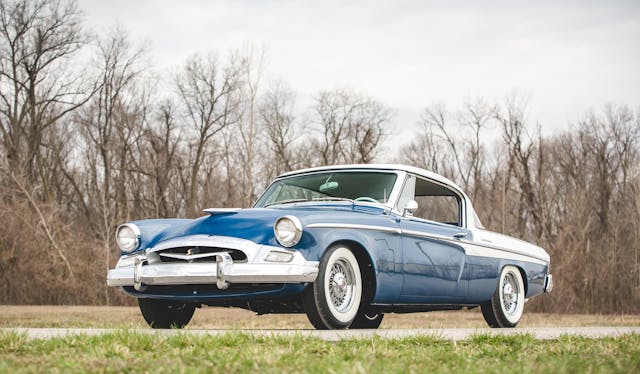

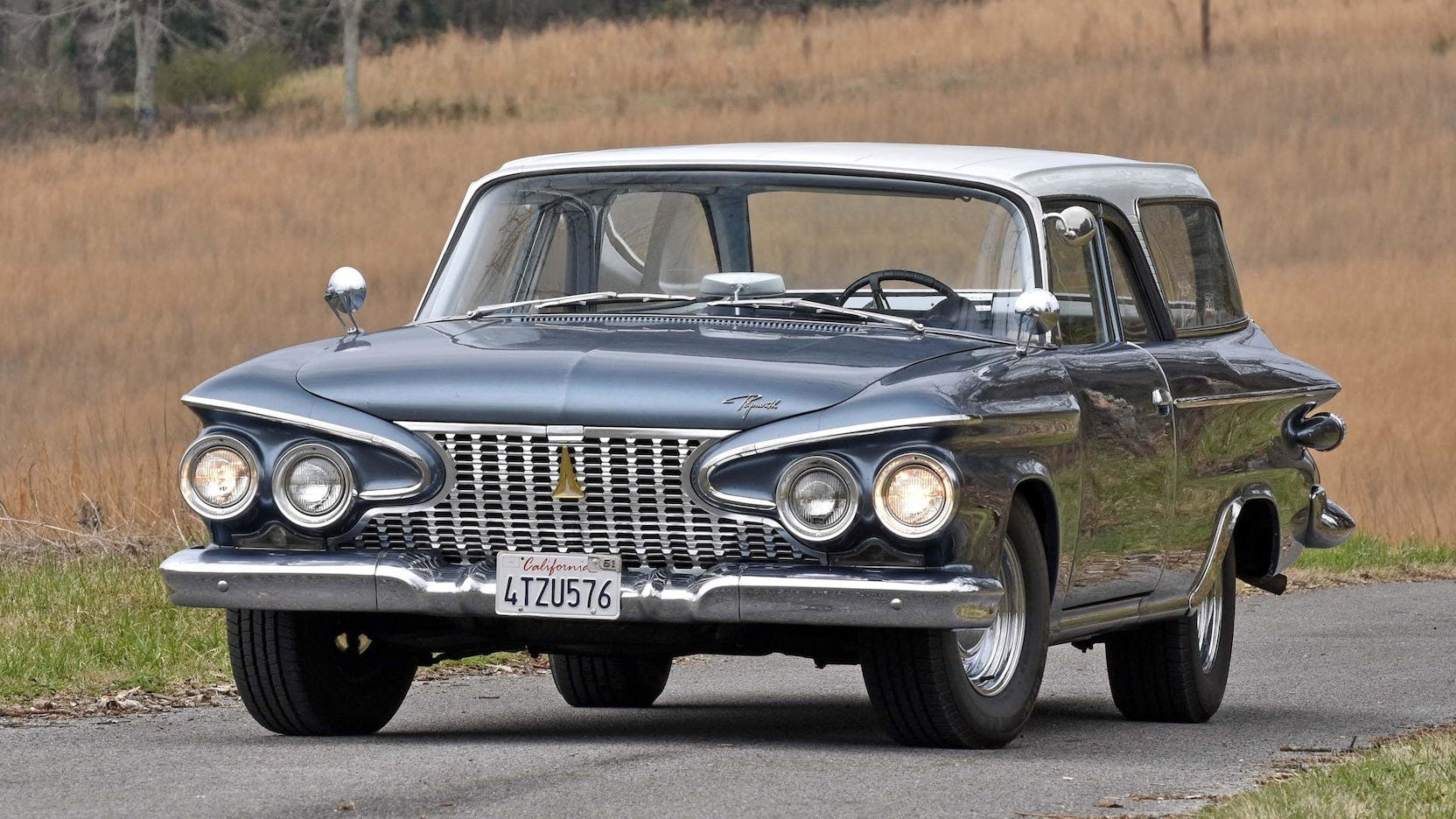
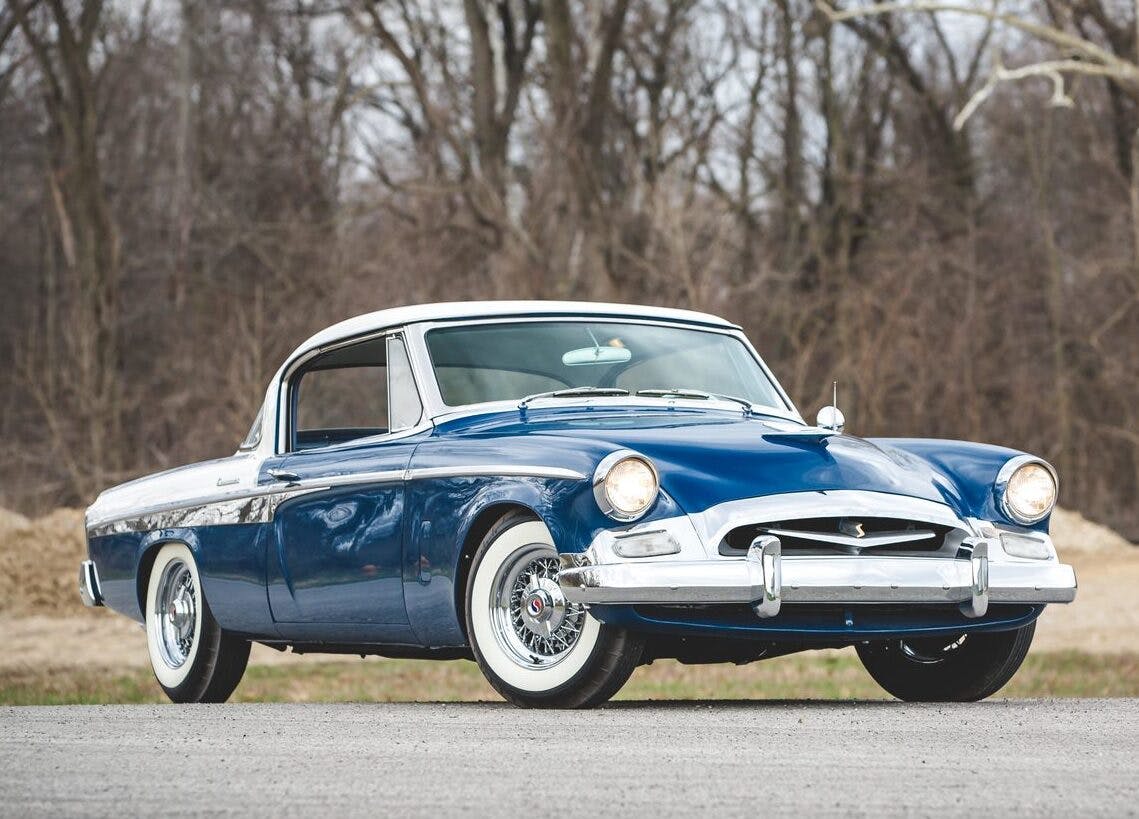
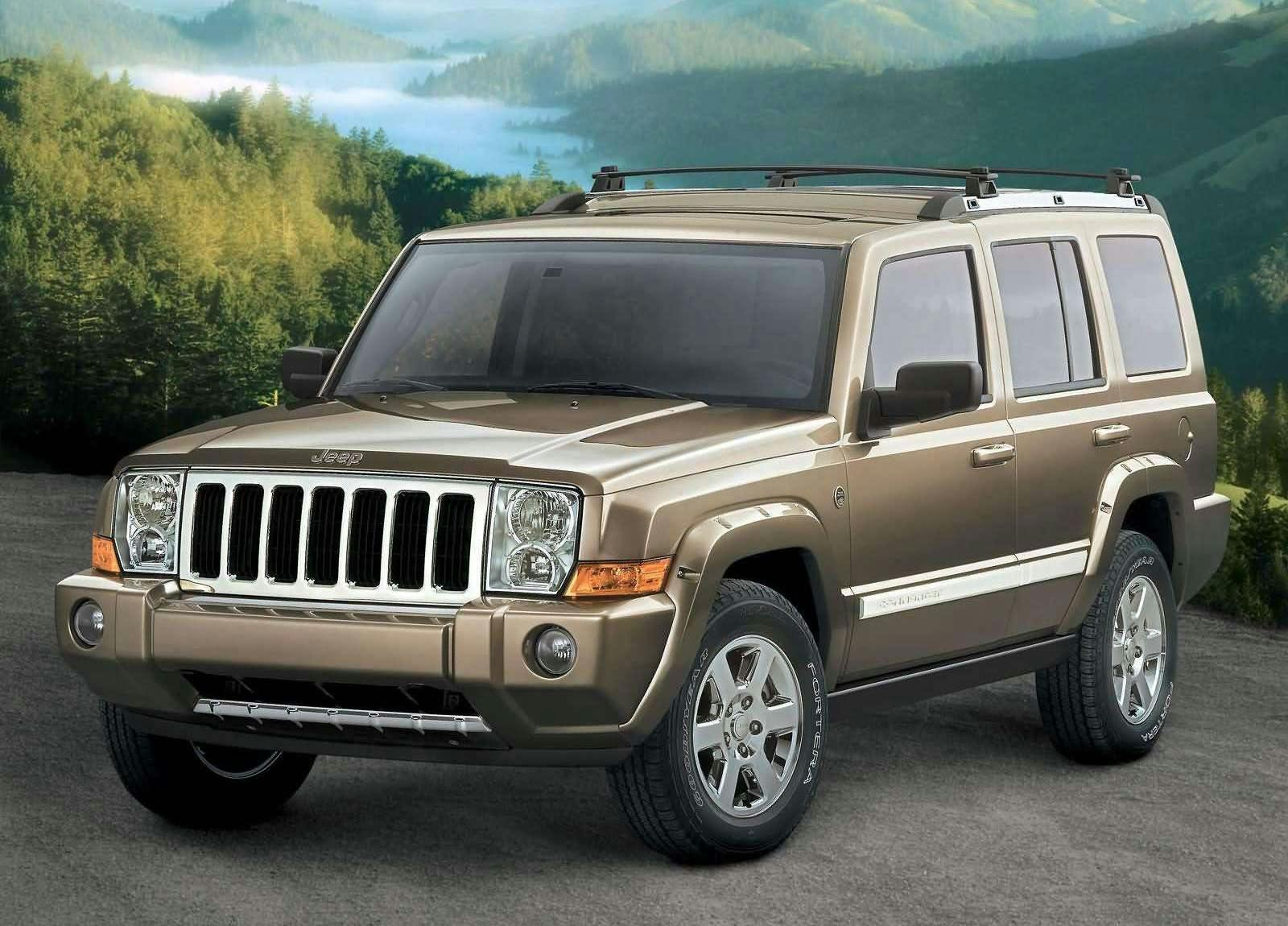

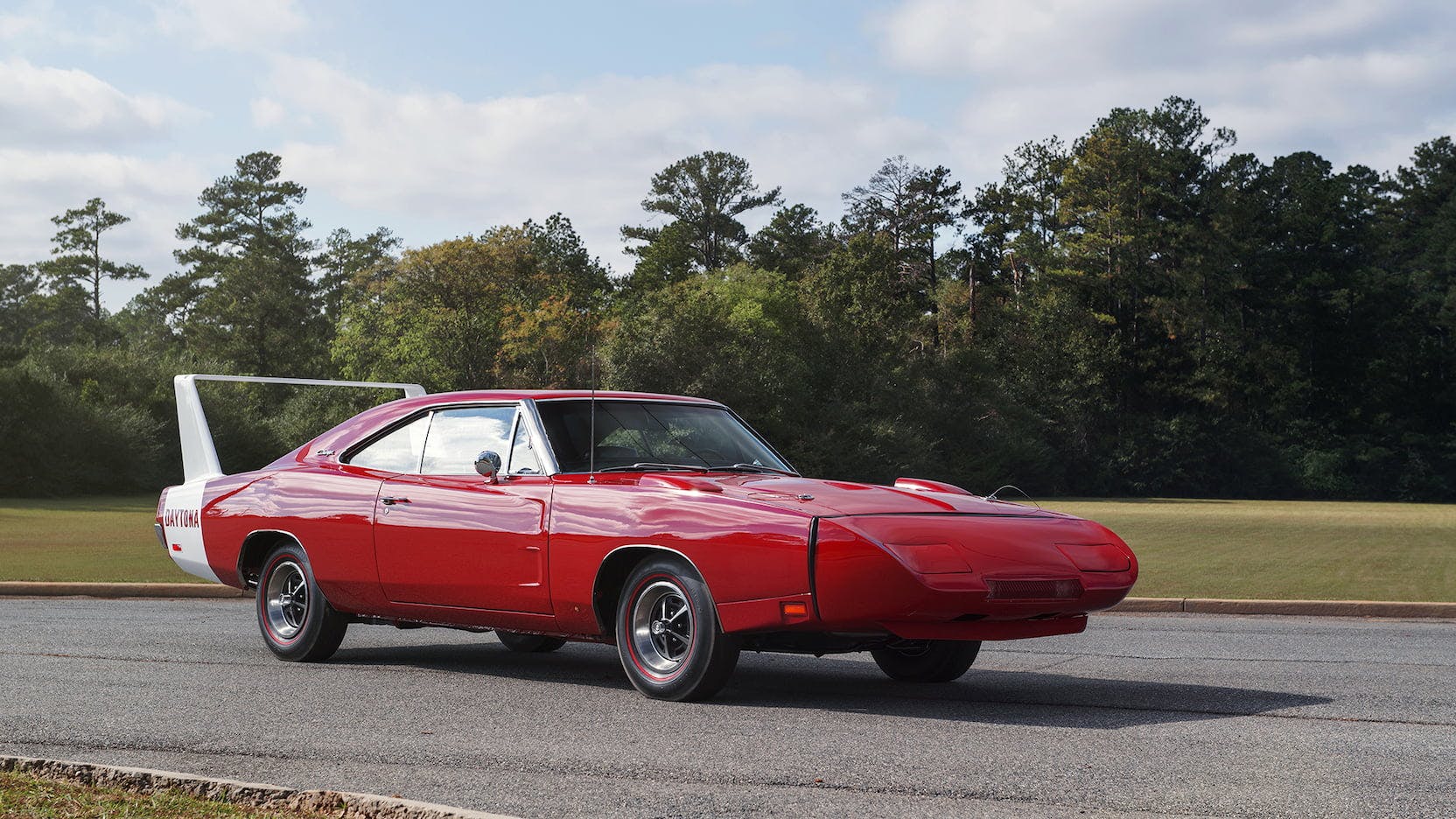

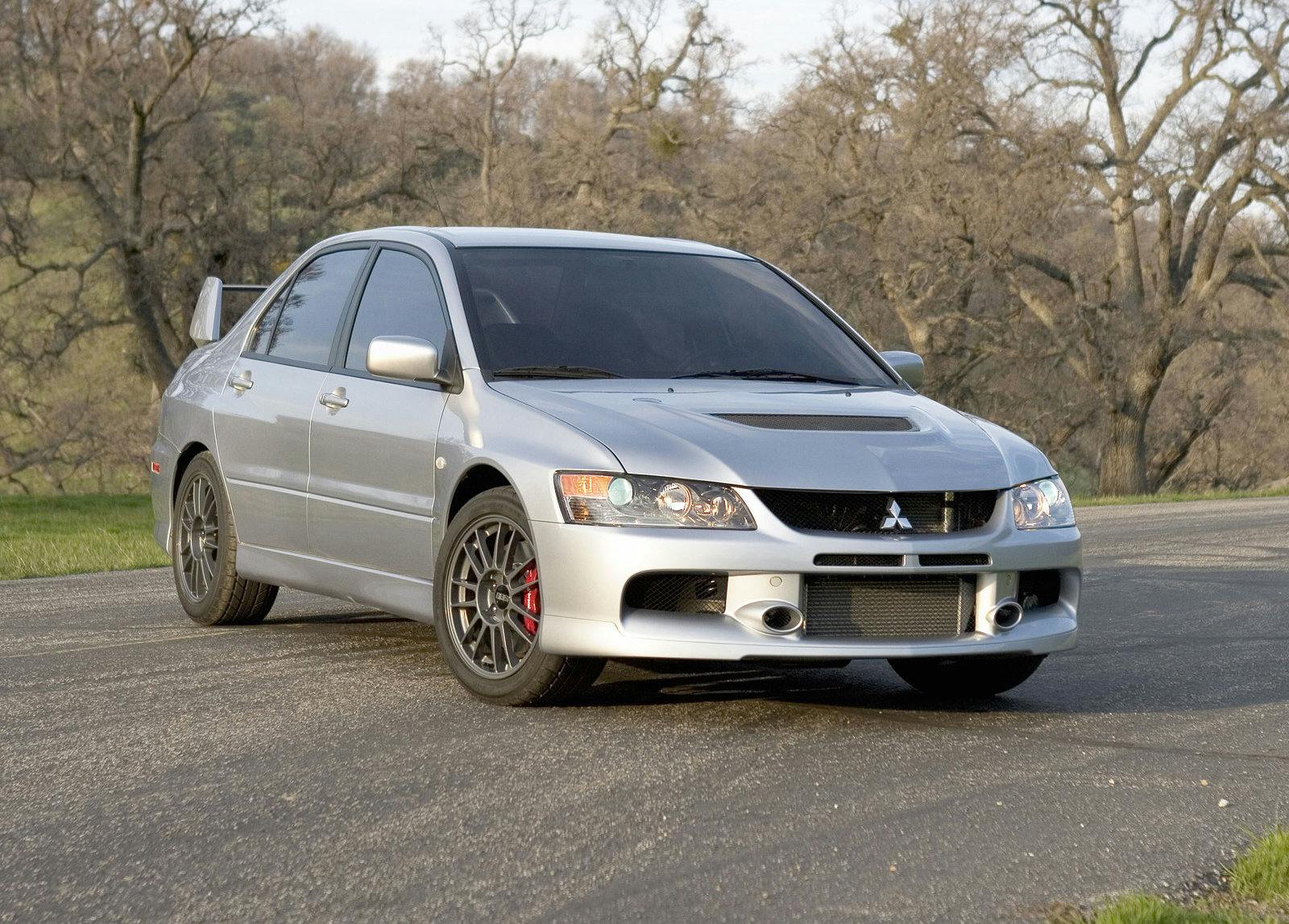

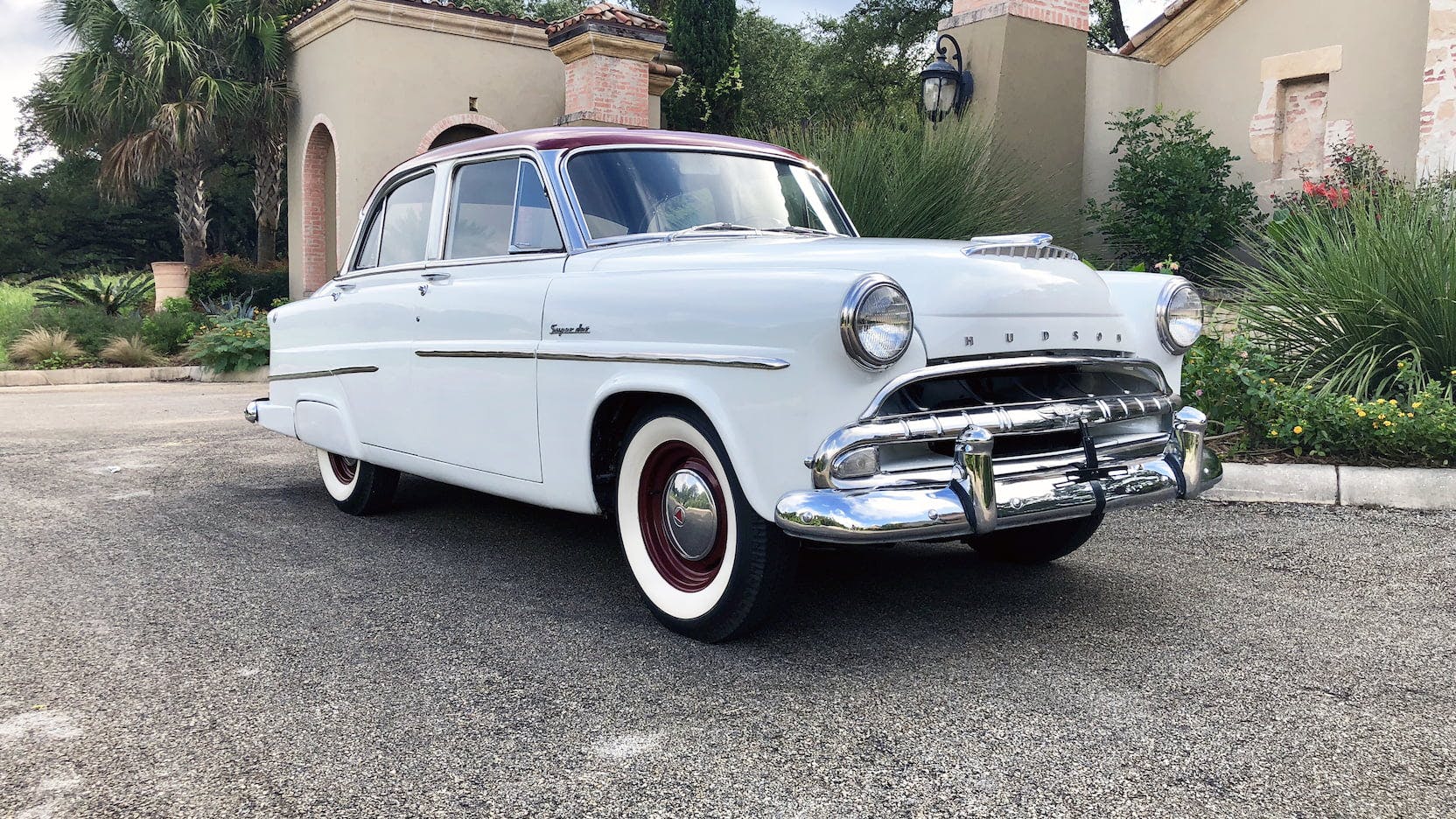
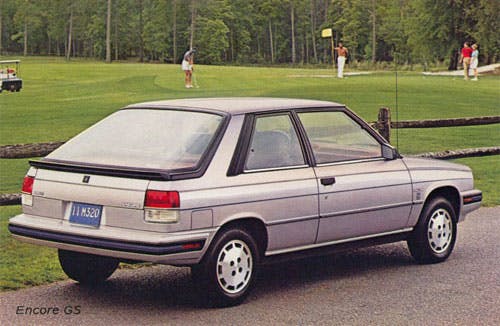
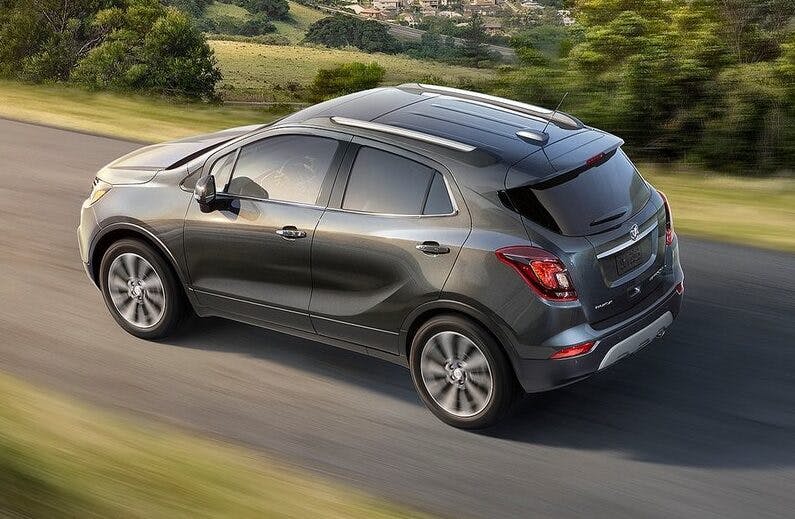
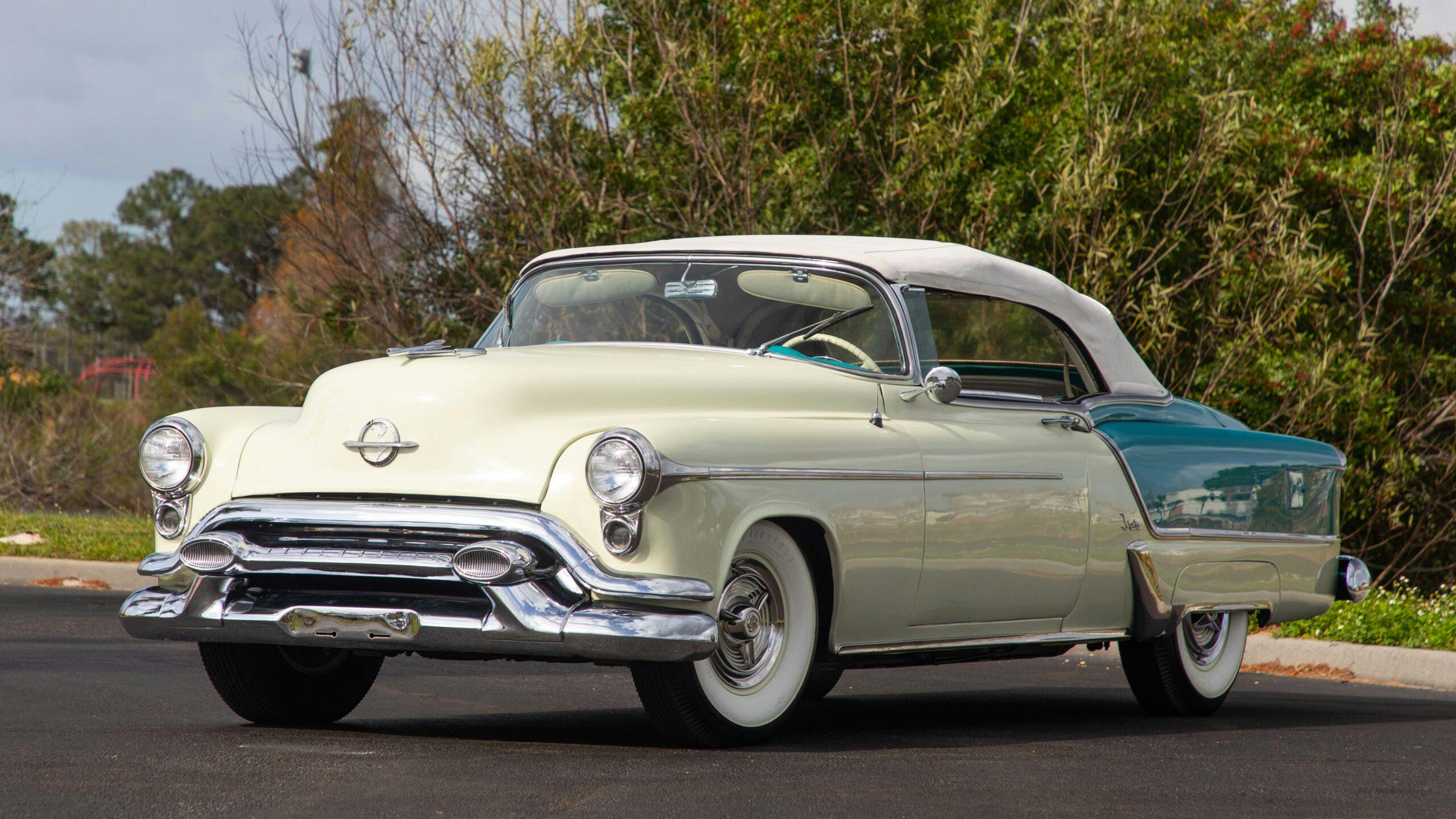
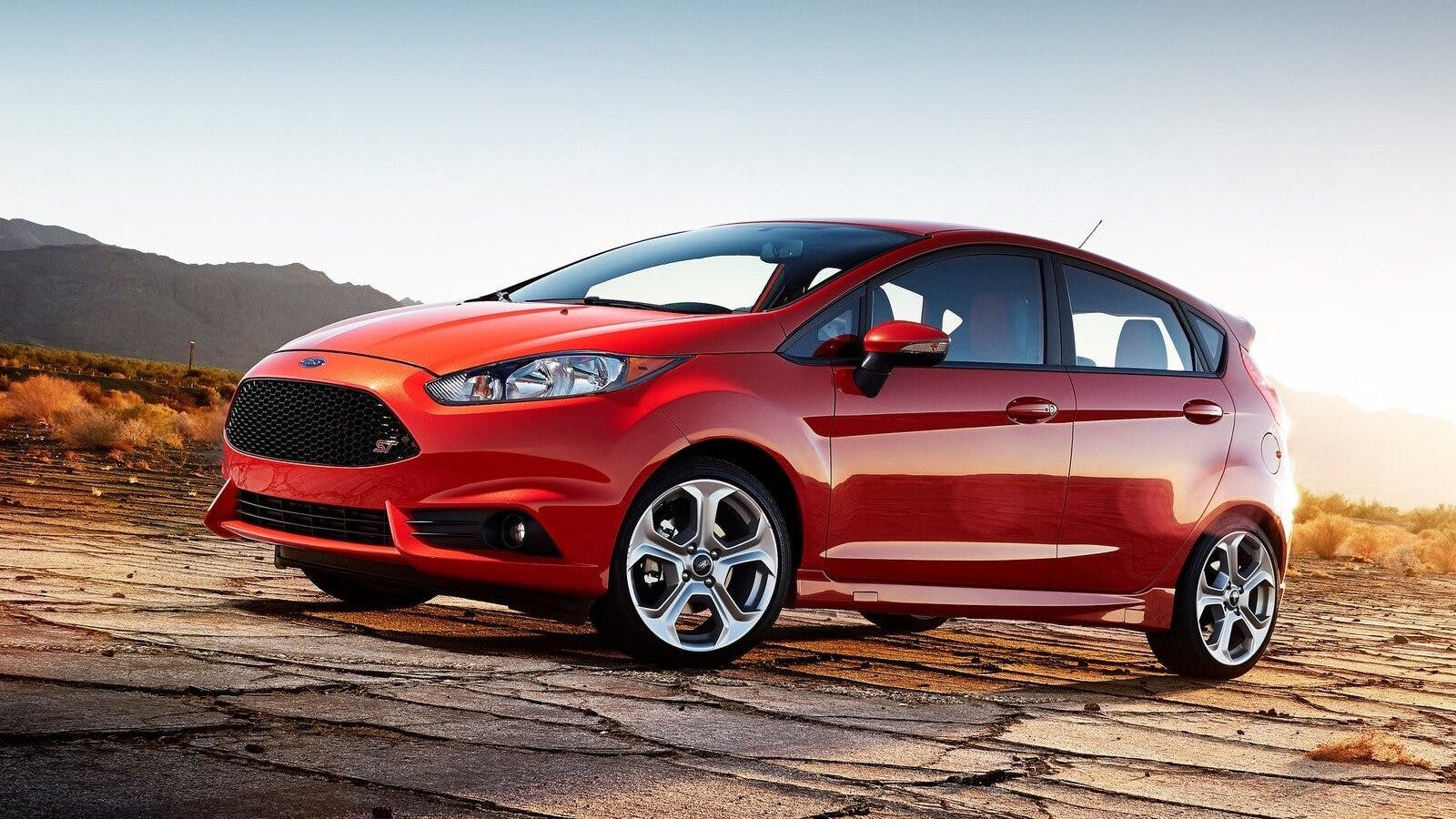


Hemmings…
For a real memory tester, how about a list of names shared between cars and aircraft?
I made a list on a aviation forum and it was 50+.
And it can get even longer with UK autos and motorcycles.
Agreed. Pontiac and Triumph (mc) Bonnevilles.
I tend to very much prefer one model over the other here. There are a few like “Encore” where I don’t care at all.
1960 Pontiac MUSTANG. This car was built at the Arlington, Texas, assembly plant in 1960 for the Van Winkle Pontiac dealership in Dallas, Texas. Titled and badged as a Mustang at the plant, between 350 and 500 of these cars built for Van Winkle, all two door bubbletops with the 389 cu. in. big block engine, factory AC, power steering, power brakes and eight lug wheels.
Jeez, how did you miss the old Ford Maverick and the new Ford Maverick??
Schwinn had a Suburban for many years.
and a Corvette as well
My dad was a diehard Studebaker fan and growing up all that I wanted was for him to buy a Ford or Chevy. After he passed, and I was much older, maybe even wiser, I came to realize that Studebakers were way ahead in many respects. I guess dad knew more than I did. Imagine that. The Speedster in the article is a perfect example of Studebaker style being ahead of its time. Can a ‘55 Ford or Chevy touch that pizazz? Beautiful. By the way, if memory serves, I believe that the Land Cruiser was the next level up from the Commander and not a sub model of same.
Land Cruiser was a body style before the war. After the war, it was a model in some years and a body style in others. It was always the model with vent windows in the rear door. In 1955, it became the President State and in 1956 the President Classic, both with a 4″ longer wheelbase than the other sedans.
Don’t forget that Dodge also used the Lancer name on stretched k-car chassis’s in the mid to late 80’s. My parents had a couple. The Turbo ES was actually quite fun to drive, and with the hatchback had utility too! There was even a very rare Shelby version.
What about the Monarch Lucerne & the Buick Lucerne?
Dodge and AMC had a Matador.
How about the Pathfinder? First used by Riley in the mid-sixties on their mid-sized sports saloon, and later lifted by Nissan for their SUV.
How about the Ford Durango and of course the Dodge Durango
Dodge reused the Lancer name again from 1985 through 1989 on their version of the H body. I had an 85 Lancer ES. It was very cushy with leather seats, power windows, etc. It had the sport handling package and with a turbo and 5-speed it performed and handled very well. I can’t remember the last time I saw one on the road.
Chrysler recycled the name from their Desoto Diplomat (1946-1961) to their Dodge Diplomat (1977-1989)
Ford Sierra (an European model) and GMC Sierra
… and lest we forget the most famous (and overused) of all…. “GT” and “GTO”… The Gran Turisimo Omolagato meant simply “homoligated Grand Touring [car]”… Originally used by MANY, it was “kind of owned” by Enzo Ferrari. When Pontiac used it on their performance coupe, boy was Enzo hot… Little known was that he actually named a Ferrari model “Starchief”, but only made 1 or 2… as it didn’t stop BOP from making more. Most memorable commentary was in a 1960s Road & Track (April Issue, of course) with the masthead of “Rod and Truck”, in which they described one model as the “Gran Truck”.